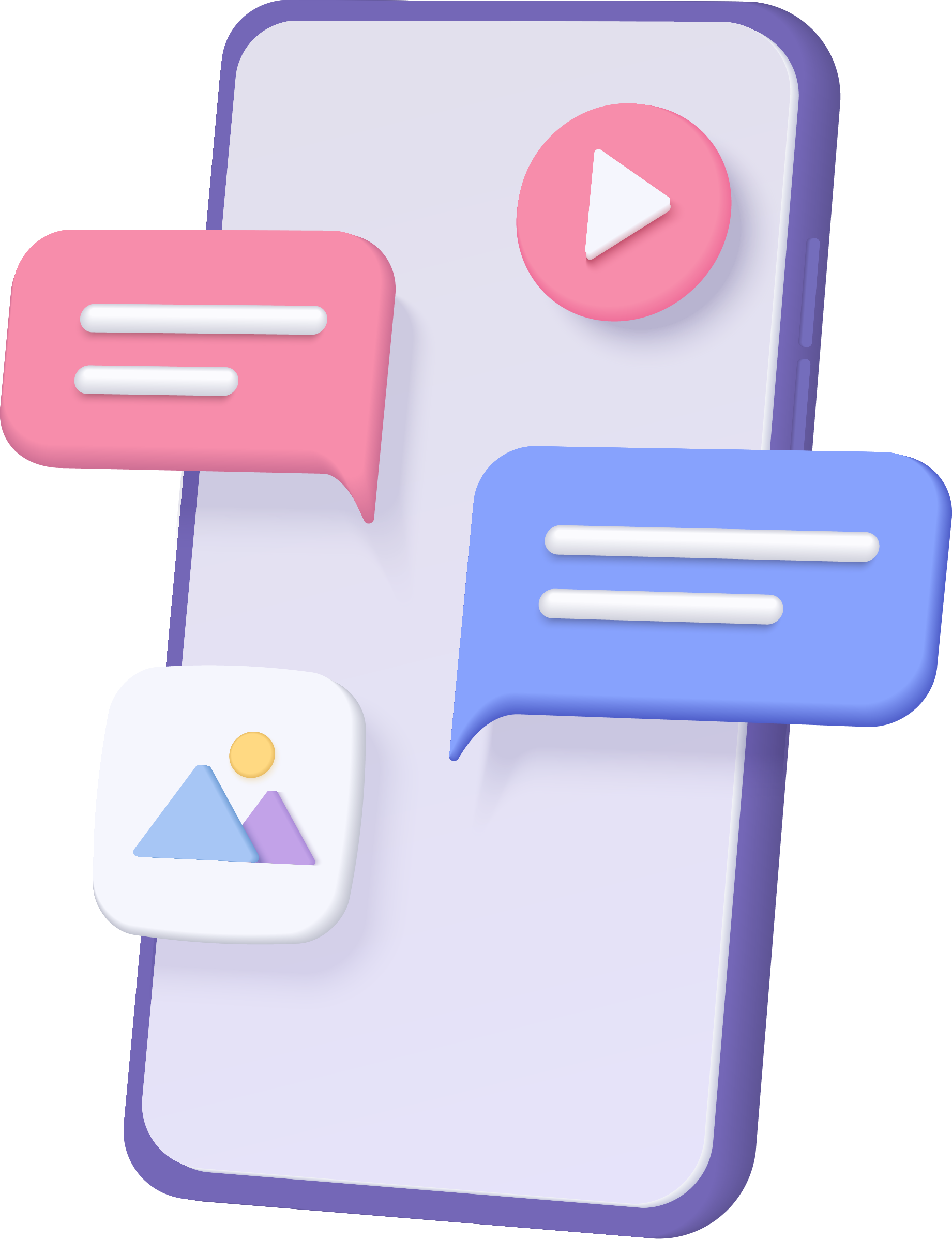
Creating Web-Based Mobile Applications for the Web platform
When evaluating programming languages, frameworks, and SDKs for mobile apps, it’s essential to not only focus on the frontend (UI) development tools but also to understand the backend (server-side) development environment.
Often, the developers responsible for frontend development differ from those handling the backend. However, in enterprise settings, these teams frequently collaborate to ensure seamless integration.
Mobile App Classifications
From a development standpoint, mobile apps can be broadly categorized into three types:
-
Native Mobile Apps: These apps are crafted using a language that the device’s operating system intrinsically supports. The app can fully access the platform’s APIs, and the system supplies the requisite UI component library. During the build phase, this code is transformed into an executable format aligned with the native bytecode of the OS.
-
Cross-Platform Mobile Apps: Written in a singular language, these apps boast the capability to operate across multiple platforms. The chosen language for such apps might differ from the device OS’s inherent language. As a result, the code may require containment, bridging, or cross-compilation to the bytecode, ensuring it runs seamlessly on the OS, usually facilitated by auxiliary support libraries.
Delving into Mobile Web Apps
Mobile web apps present a streamlined approach, allowing users to access a URL via their device’s browser that closely emulates the experience of a conventional mobile app. While they don’t require installation like traditional apps, their significance in the mobile-centric world is undeniable. When developing for mobile platforms, there are two primary web programming strategies:
-
Responsive Web Programming: This method tailors web layouts to adapt seamlessly to a device’s screen size. By doing so, users are spared the inconvenience of horizontal scrolling as the content intuitively repositions itself to match the device’s width. Importantly, these sites are not limited to mobile views; they can be just as efficiently accessed from desktop browsers. For the latest in responsive design techniques, resources like IBM Developer can be valuable.
-
Progressive Web Programming: This approach gives rise to progressive web apps, which, at their core, are standard websites. However, when accessed from a mobile browser, they closely resemble native mobile apps in functionality and appearance.
-
They offer an immersive, app-like experience, complete with features like the option to add an app icon link to the home screen. Another standout feature is their capability to function offline by storing content locally, ensuring uninterrupted access even without an internet connection.
Web-Based Mobile App Development
While not technically standalone apps, user interfaces accessed via web URLs (essentially websites) hold a significant position in the app development realm. For scenarios like temporary events or instances where minimal data like names and addresses need to be captured, relying on a web interface can be advantageous as it avoids making users commit to installing a full app.
With the emergence of Progressive Web Apps (PWAs), the line distinguishing apps and websites has become increasingly blurred. PWAs offer a user experience nearly identical to traditional apps. These mobile-centric websites utilize standard web technologies such as HTML, JavaScript, and CSS, often combined with a dedicated UI framework.
Crafting Mobile-Optimized Websites
Leveraging frameworks such as Material, Bootstrap, or Foundation allows developers to create responsive websites that adapt seamlessly to various screen sizes. A responsive design ensures that the website’s layout adjusts based on the screen’s dimensions, providing a native-like viewing experience.
For instance, a website might display a 5-column layout on a laptop browser, but it would adapt to a 2-column layout on a mobile device when viewed in portrait mode.
The hallmark of a mobile-optimized website, as opposed to viewing a standard website on a mobile device, is the absence of the need to zoom in to read content and the elimination of horizontal scrolling.
Understanding Progressive Web Apps (PWAs)
Progressive Web Apps (PWAs) bridge the gap between websites and native apps, providing the former with the look and feel of the latter. Modern browsers can identify a PWA and, in doing so, eliminate the typical browser interface to dedicate the entire screen space to the web content. When users create a shortcut for these sites, an icon is added to the mobile home screen, mimicking the functionality of a regular app.
Furthermore, to enhance user experience, browsers cache specified content directly on the device, ensuring swift load times and an enhanced offline experience.
This transformation from a standard website to a PWA is facilitated by a few key elements: a service worker that operates behind the scenes to pre-cache content, a responsive design to ensure optimal display across devices, and a web app manifest that informs the browser of its installable nature.
Conclusion
The realm of mobile app development has witnessed a dynamic evolution, characterized by a blend of programming languages, frameworks, and diverse software development kits (SDKs). While distinctions between frontend and backend development often exist, especially in enterprise scenarios, collaboration between these facets is paramount for a holistic product outcome.
As businesses navigate this multifaceted landscape, the role of proficient development services becomes crucial. In this context, BrandFynder stands out, offering best app development services tailored to the modern mobile-centric world.


